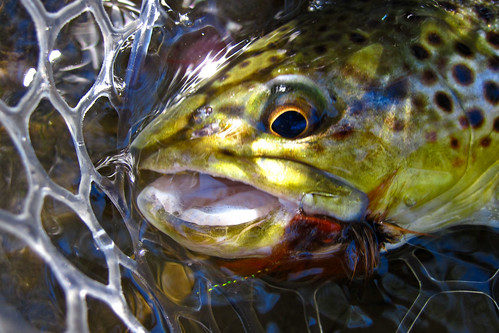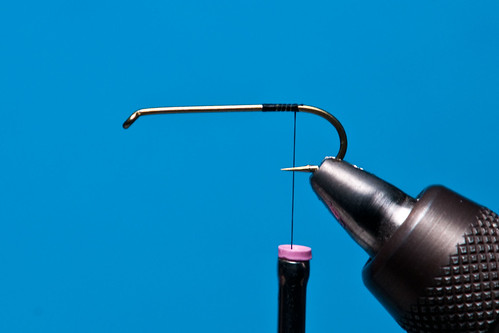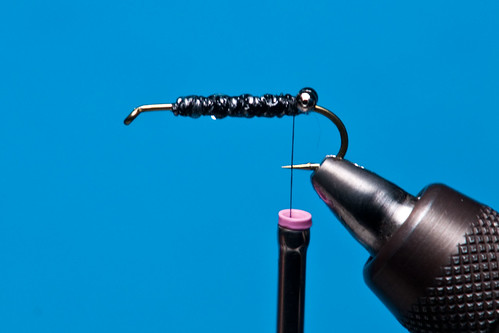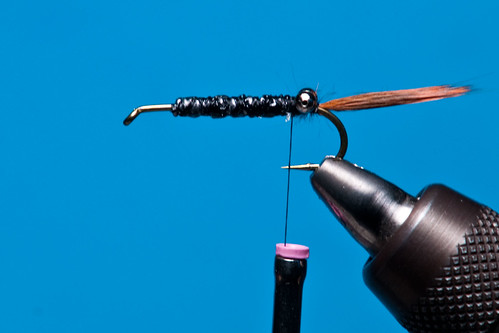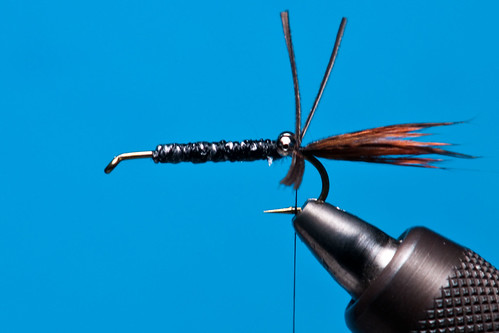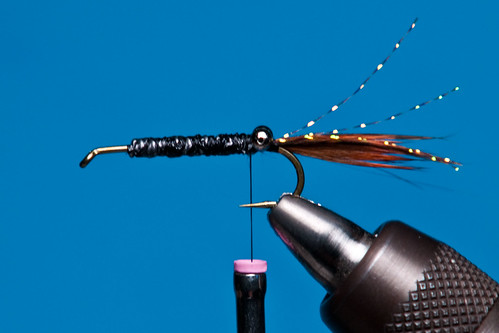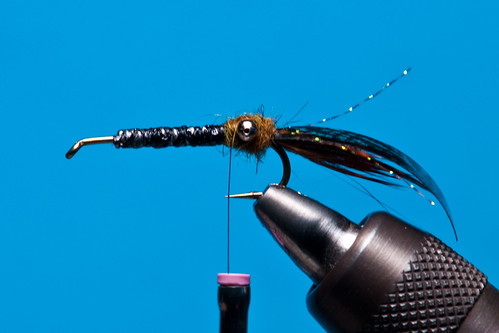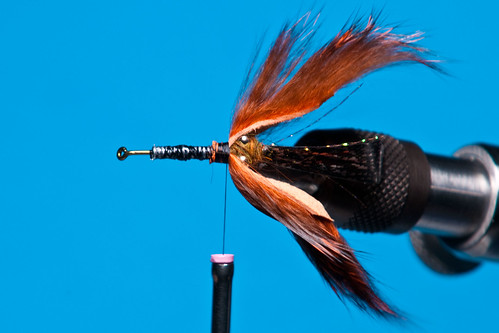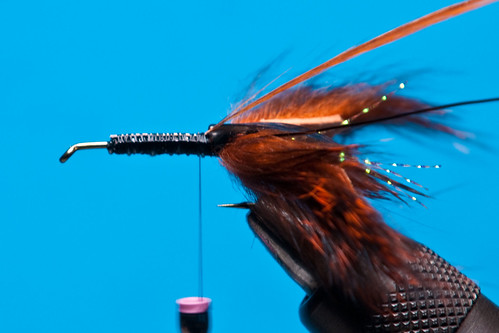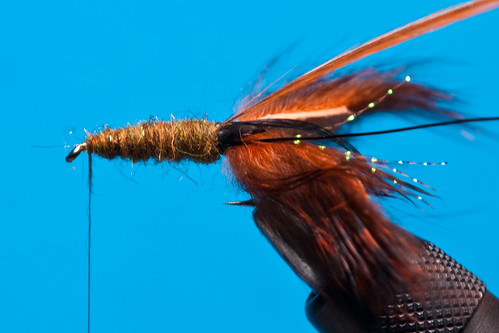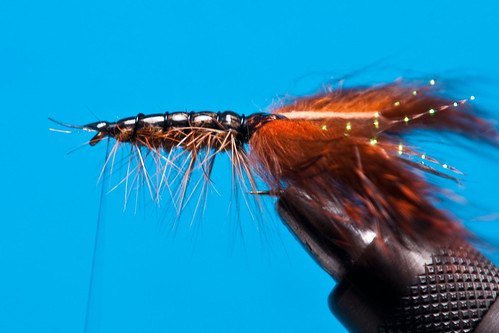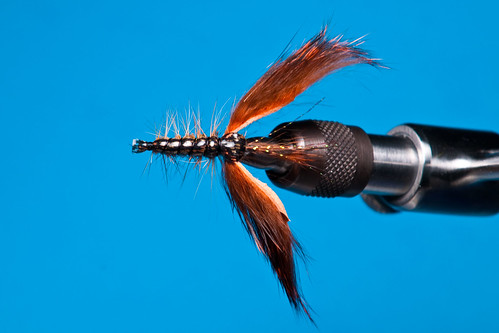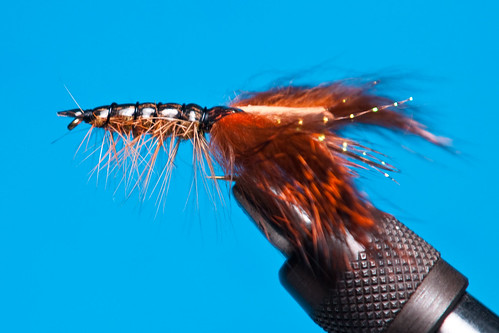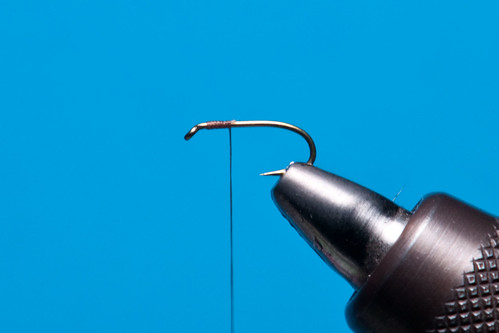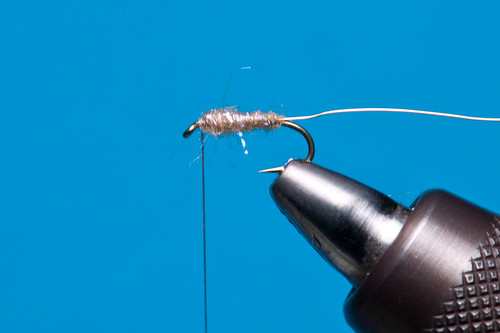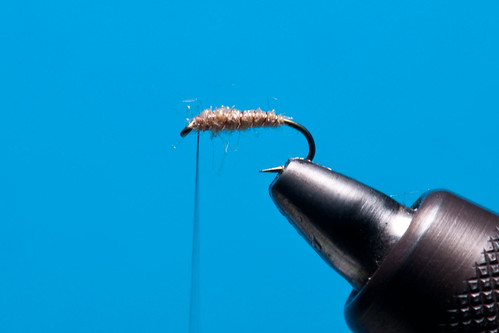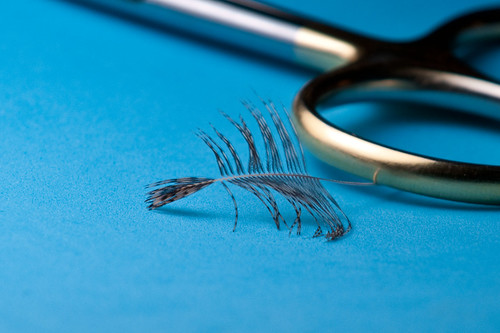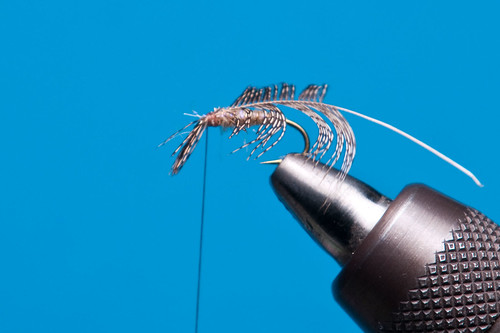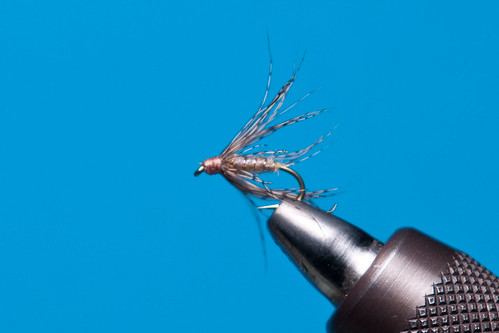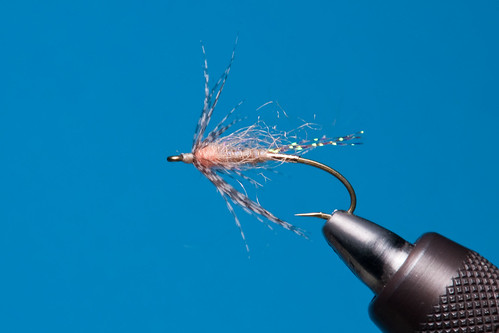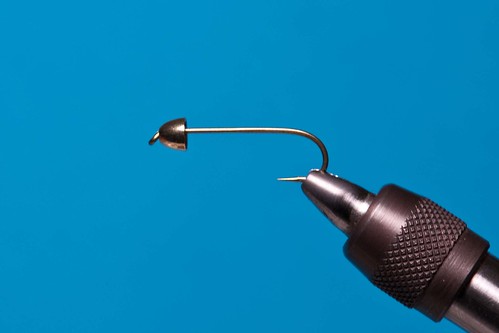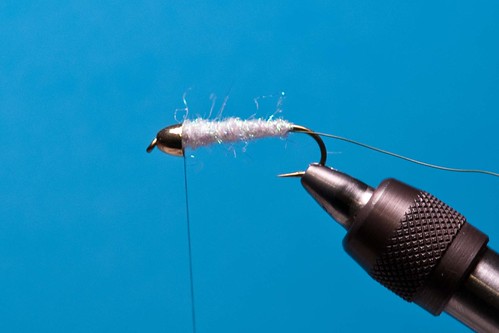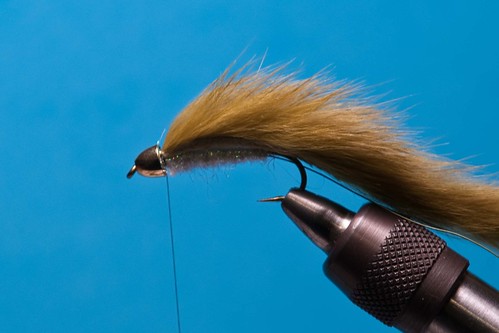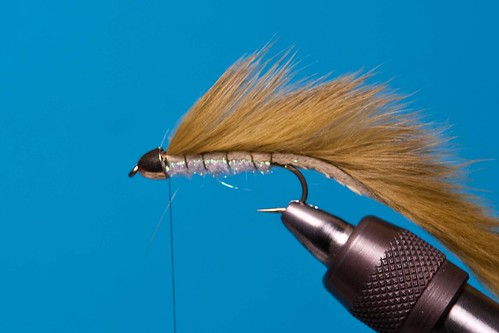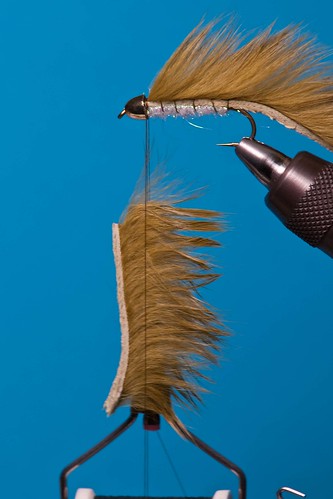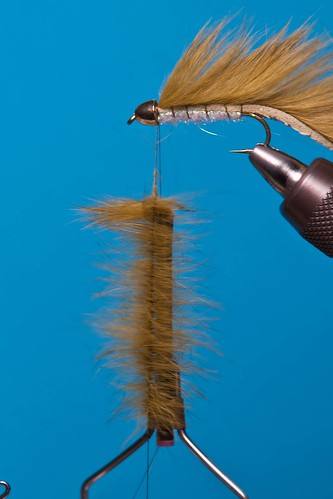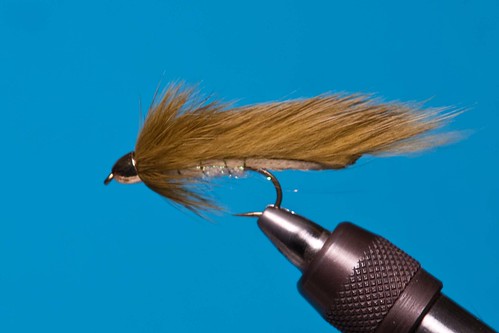
The trip up to the beautiful North Umpqua this past week was something I'll never forget. This river is by far one of the most amazing rivers I've witnessed and its steelhead runs are of legendary magnitude. This trip meant a lot for me personally. For almost a year now, my buddy Rick and I have been constantly practicing our spey casting and making subtle improvements little by little. Oftentimes, our "practice" sessions wouldn't include fish, but there always was a bigger picture in mind. Walking a spey rod down to one of our local valley rivers can draw attention too. I'd be a rich man if I had a dollar for every person that asked what the hell we were doing with such long spey rods down on our local rivers. Some people are intrigued, and others laugh hysterically. However, practice does pay off, and it did this week. For this fish story however, I'll break it down day by day.
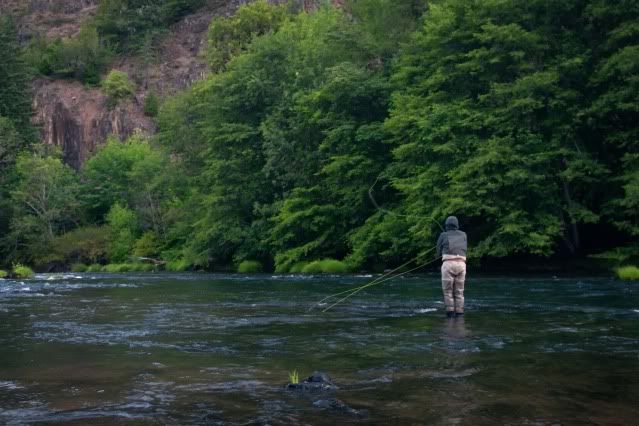
Sunday, July 29, 2012
Rick and I started the journey north by meeting a friend of ours, Dennis, in Sacramento. We piled a weeks worth of gear into Dennis' SUV and took off. I had driven up north into Oregon many times but never up to the North Umpqua. Rick booked a guide named
Rich Zellman for Monday, so we met up with him and his dog Bo in Ashland to discuss their plans for the following morning. After establishing a 3:30am wake up call, we continued up I5 and made a right on the 138 that follows the North Umpqua. We camped at Susan Creek campground, which I must say is a pretty nice place to spend a week. I was expecting we be camping in a random spot on a piece of BLM land, so this place was a surprise. At $14/night and complete with clean bathrooms and free showers, it's a campground I think even the non-camping types would be ok with. After setting up shop, Rick decided to stay at camp to get ready for his early following morning, but Dennis and I headed out for an evening session. I was overwhelmingly excited to wet a line on this fabled river and couldn't believe this day was here. Dennis nabbed the first fish of the trip, a small cuttie, on his first or second cast I think. We fished this spot through and then headed up to one of the classic spots higher up river. After swinging through that run, the sun was just about completing down, so I began reeling up my line and BAM! I had a grab. Unfotunately, it wasn't the river unicorn I was hoping for, but came off anyways and was probably just a cutthroat.
Monday, July 30, 2012
I awoke to the sound of Rich Zellman's Explorer rolling into our campground right on queue at 3:30am. In order to get the first crack at some of the more classic spots, one must get there a solid few hours before daybreak. It can get crowded sometimes. Anyway, Dennis and I got rolling around 4 that morning. We cruised around fishing through various spots that morning ultimately not having any grabs. At lunchtime we met up with Rick and Rich and swapped our morning reports. Rick didn't get any grabs, but he did however manage to raise a fish on a
ska-opper. For those not familiar with this method, let me just say its kind of a big deal. Chucking a small gurgler style fly and literally popping it across the surface for steelhead would seem like a ludicrous method, but it does work when everything comes together. Many people fish this method for the chance at getting a steelhead to smack it but it doesn't always happen unless you're a river ace like Rich. During lunch, Rich said this year he's had pretty good luck getting his clients into dry fly fish. All in all, he said he had only one or two days getting completely skunked. The guy just knows that river. Plain and simple. Book him if you want to learn a lot and possibly get a fish of a lifetime. Anyway, even just raising a fish is quite an accomplishment, so I know Rick was feeling good about that. So after a few beers and a nap, it was out again to fish the evening. Dennis and I were met with a gorgeous night, but no fish once again. Once we arrived back at camp, Rick and Rich were sitting there sharing a beer and come to find out Rick got his dry fly fish. An acrobatic fish that checked in at around 6 pounds! Basking in Rick's success we made some drinks and had a few beers to celebrate.

Tuesday, July 31, 2012
This day didn't bring much for us. A few cutties were brought to hand but that was pretty much the extent of it. Right before dark I decided to head down to the riffle right below our campground. Until this point I had strictly been throwing the sink tip and was trying to get down deep. One of the old adages in steelheading is "fish a fly that brings you confidence." That's pretty much the reasoning behind why I continued, run after run, swinging deep. Because of Rick's success the previous day (and the fact I hadn't felt a grab yet), I finally swapped in the Scandi head and started popping the ska-opper that evening. Nothing slammed it, but luckily switching at this point was a catalyst for things to come. That night back at camp we started to plan out our next morning. That previous Monday, Rick and Rich were unable to get the spot they wanted despite their 3:30am start. We really wanted to check out that spot, so we decided that a 2:00am wake up time was necessary. It seems ridiculous for sure, but definitely necessary.
Wednesday, August 1, 2012
I'm awoken by the sound of my alarm going off. 2:00am. I started to wonder if this early wake-up was even going to be worth giving up a few more hours of sleep. We quickly wadered up and headed out. Luckily when we arrived no one else was parked there yet. I clicked my headlamp on and started hiking down. We got to the spot, proceeded to park it and cram a nap in before daybreak. I leaned up against a tree and tried to sleep a bit, but to no avail. I checked my watch. It was just a little bit after 3. Shortly there after, I saw a few more headlamps coming down the trail. These 3 guys probably thought they were the only crazy ones to get up that early. I think they were surprised to see us and slightly disappointed to not get that spot. Anyway, after a few hours there was finally enough glimmers of light on the water to wade out. I then stripped off some line off my reel and got ready to make my first cast. This run has a hard outside edge that transitions into softer water with a ledge drop off in between. I made my first few casts and lengthened out a little farther each time. Around my seventh or eighth cast, I was popping my ska-opper across and once it traveled into the softer current......WHAM!!! My reel started screaming and my heart raced faster than ever. I was able to coax the fish in and Rick managed to tail him for me. I grabbed ahold of the fish and for a few moments admired his beauty in the water and not fully believing what just happened. I rose, hooked, and landed a steelhead on a dry fly. I still shake thinking about it. That was undoubtedly one of the most amazing moments I've had fishing. After a few quick pictures, he was back in the water and bolted out like a torpedo.

During our midday break, we decided to go visit a guy by the name of Lee. Since 1999, Lee camps, studies, and watches a pool where hundreds of steelhead pile up. These fish are here waiting for the winter storms to bring more water down so they can move up and spawn. Lee informed us that past this point there is 26 miles of spawning gravel for these fish to do their business in. Most anglers know that steelhead don't need to eat in the river and their main objective is spawning.

So why does a steelhead take a fly? That's what Lee is trying to figure out. He has extensively studied the patterns of these fish and what they approach while they are in the pool. Ironically, the number 1 item that is approached by steelhead are leaves. Lee said oftentimes when a fish does rise to a caddis fly or mayfly they'll spit it out after rising to it. Based on his data, the months when the steelhead are the most active in terms of approaches are September and October. While we were there we saw quite a few steelhead get airborne and come out of the water! It was interesting chatting with Lee and take a drive up Steamboat Creek if you're in the area.
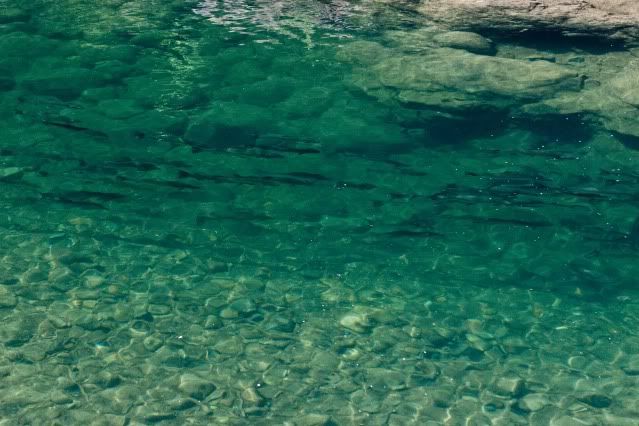
For the evening fishing session, we decided to take a hike and get into some new water. After awhile, I heard Rick screaming downstream from where I was at. So I rush over there, and sure enough, he had a nice hen on the line! After landing it we took a few photos and it was on its way. Rick told me he rose a fish 3 times, changed his fly after each time, and finally got a fish to grab on a muddler swung subsurface. Quite an effort on his part!

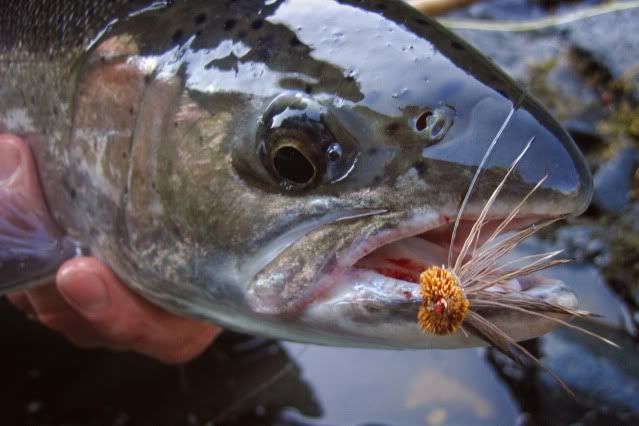
Thursday, August 2, 2012
Unfortunately this day marked our last day. We managed to sneak in a quick morning session before heading out although. I nabbed by biggest cuttie of the trip but no steel was found. The whole time on our 8 hour car ride back I wished we had another week. The more we fished the more I learned. I have to say, despite my original belief that the sunk fly was going to get it done, I was proved wrong. These fish are grabby. If the presentation is good, and the steelhead are there, the dry fly popper will get it done. I can't wait to go back and am itchy to plan another trip soon. Nothing quite can describe the North Umpqua perfectly, so just go there and feel it.
Stay Fly,
T

